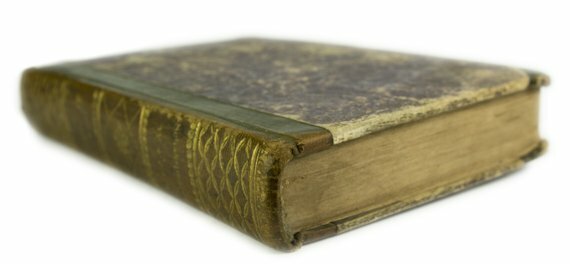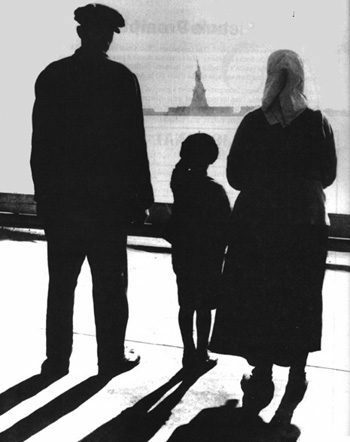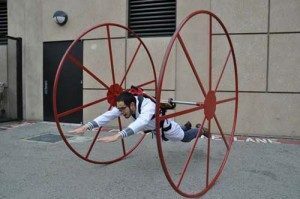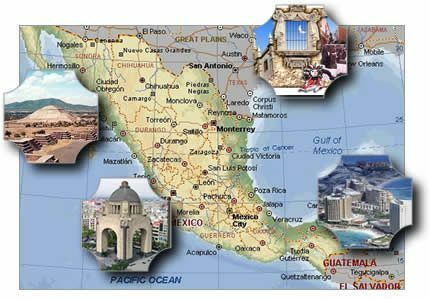Characteristics Of Medieval Literature
Literature / / July 04, 2021
All the texts made during the period in which the Middle Ages lasted enter into medieval literature; time that begins from the fall of the Western Roman Empire in 476 until the fall of Constantinople, or according to other authors until the discovery of America in 1492, when the end of the medieval. In other words, all written literature, in the approximately one thousand years that the Middle Ages lasted.
During this historical period religious thought predominated in literature, being the most recurrent theme in prose; especially theological topics, lives of saints, and commentaries on biblical scriptures, followed by philosophical topics, commentaries on the classics Greeks and Romans in their majority, (always trying to follow a line in line with religion), and thirdly, profane literature, such as the chivalric deeds, poetry (lyrical and epic), as well as some works dedicated to topics prohibited by the church, such as magic, astrology and alchemy. In this historical period, "scientific" works such as mathematical works, or those that studied physics, decline, being prohibited by the clergy.
Paradoxically, after the destruction carried out after the barbarian invasions of the territories of the Roman Empire, it was precisely the church the institution that protected knowledge in those turbulent times, monasteries and abbeys being centers of copying, repair and conservation of the manuscripts that could be saved from wars and fires, forming immense libraries that preserved part of the knowledge written in Europe.

Characteristics of medieval literature:
Anonymous Authorship.- In general the works are anonymous, although there are those in which the author writes his name, most of the works tend to anonymity; This happened for two main reasons, depending on the type of literary work in question. In works such as theology or philosophy, sometimes it was tried to make it seem that this or that work had been done by a renowned author and in others simply to escape ecclesiastical censorship and repression, in cases where the works dealt with prohibited subjects, or frowned upon morally, as were some works focused on topics such as magic, alchemy and astrology, or morally objectionable topics such as some romances.
Frequent use of the verse. At this time it is usual to find in different religious and secular works the use of verses; creating the different verses of both minor art (monosyllables to heptasyllables) and major art (octosyllables to enneadecasyllables), as well as several of the poetic structures that will reach the present. These poetic structures were used especially in lyrical poetry, although they also existed in epic poetry.
Use of Latin.- During the early Middle Ages and much of the High Middle Ages, the predominant language in literature is Latin; replacing the Greek that was used (in addition to Latin) during antiquity in the Roman Empire. Most of the works written between the 5th centuries d. C. to the 10th or 11th century AD. C. they were made in Latin either these religious or secular works.
Dissemination of national languages.- At the end of the high Middle Ages and during the late Middle Ages, various texts began to be written in the national languages of each region, such as French, Portuguese, Spanish, English, Provençal, etc. At the same time that the populations of different countries are unifying linguistically.
Religious character of a large part of the literary works.- In the works of this time theological works abound, such as the theological summation of Saint Thomas Aquinas, or the confessions and the city of god of Saint Augustine, in addition to numerous commentaries on biblical books and various writings on the lives and miracles of the saints, aimed above all at serving as a spiritual guide and moral.
Didactic and moralizing tendency.- The church influenced so much of the literary works (lives of the saints, passages of the gospel etc.,), served as a moral example exalting values such as sacrifice, obedience, moderation, fidelity, charity etc. In the same way it was used secularly to exalt chivalric values, as well as fidelity (to a king, feudal lord or woman).
Knightly Epic.- Another of the most common aspects in medieval literature were epic stories, whether based on classical legends, or from the barbarian peoples, although with changes and distortions tending to transfer them to religious beliefs or to the times in which they lived. It is within this genre that chivalric stories are booming, such as the song of mine Cid, the Song of Rolando, the legend of the king. Arturo or Parsifal, these stories and accounts being augmented by the experiences of those who traveled to the Middle East during the crusades.
Tales and Fables.- Within the epic, there are countless stories or short stories that, although at first they were oral and transmitted either by minstrels or by people in general, were later written. Also in this genre it is about showing moral or religious teachings, sometimes showing things in funny or satirical ways, an example of which is the Canterbury tales.
Examples of medieval authors and works:
Medieval authors are very scarce, mainly due to the fact that many of the authors did not make publications, or were anonymous, however authors such as the following can be found:
-
Fernando Rojas (1470 - 1541) work: (attributed)
- "The matchmaker." -
Gonzalo de Berceo (1190 1264) artwork
- "Miracles of our lady" -
Jaufrè Rudel (1125 - 1148) works:
- love from afar
- Love cuts
- Crazy -
Rimbaut Aurenga (1147 -?) Works:
- The drunk ship
- Poems (1863-1869)
- Letters from the seer (1871)
- A Season in Hell (1873) -
Alfonso X the wise (1221 - 1284) Works:
- Royal Charter of Castile
- The code of the seven games
- Lapidary
- Chess books, dice and tables
- Chronicle general y la grande e general estoria (general chronicle and the great and general history) -
Don Juan Manuel (1282 - 1348) Works:
- Hunting book
- The Book of Enxiemples of Count Lucanor
- Clerical discipline
- Altarpiece of wonders -
Giovanni boccaccio (1313-1375) Works:
-The Decameron which is his most important work that began in 1348
- II Philocolo (1336)
- Elegy of Madonna fiammetta (1344)
- II corbaccion (1354)
- Philosotrate (1338)
- The tesseid (1340-1341)
- Claris mulieribus (1360-1374) -
Dante Alighieri (1265-1321) Works:
- The Divine Comedy
- The new life
- The treaty of monarchia -
Geoffrey chaucer (1343-1400)
- Canterbury
- The Duchess
- Troilus and cresida
- The tale of hair -
Archpriest of Hita (Juan Ruiz 1284 - c. 1351)
- The book of good humor -
Garci Rodríguez de Montalvo (1450 - 1505)
- Amadís de Gaula



